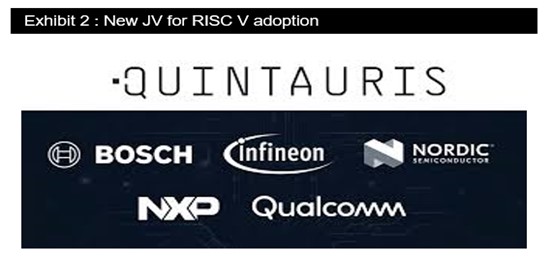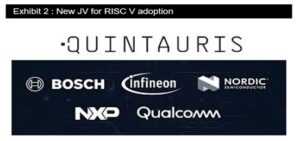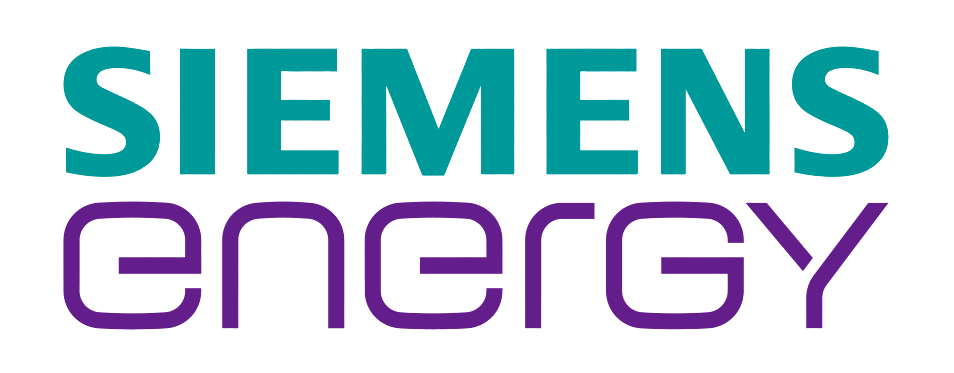Key Challenges
With the increasing popularity of RISC-V, different implementations and extensions may lead to fragmentation within the ecosystem, potentially hindering compatibility, and interoperability between different RISC-V implementations.
As RISC-V gains traction, it becomes a target for security threats. Ensuring robust security features and protocols within RISC-V implementations is crucial to mitigate vulnerabilities and protect against cyberattacks.
While the open-source nature of RISC-V encourages innovation, it also poses challenges in terms of standardization. Without clear standards for implementations, tools, and extensions, compatibility issues may arise, affecting interoperability and hindering widespread adoption.
The availability and maturity of development tools, including compilers, debuggers, and simulators, are essential for the successful adoption of RISC-V. Ensuring robust and efficient toolchains that support a wide range of applications and architectures is crucial for developers.
- Intellectual Property Issues
As RISC-V implementations become more prevalent, intellectual property disputes may arise, particularly concerning patented technologies or proprietary designs. Resolving these issues while maintaining the open-source ethos of RISC-V is essential for its continued growth and adoption.
While RISC-V offers flexibility and customization, optimizing performance for specific applications and architectures remains a challenge. Balancing power efficiency, performance, and scalability requires ongoing research and development efforts.
Established players in the semiconductor industry may resist the adoption of RISC-V, potentially slowing its growth and limiting its market penetration. Overcoming resistance and building partnerships with industry leaders are essential for RISC-V’s success.
There are discussions around government export control restrictions on RISC-V development, which could impact its progress.
RISC-V faces challenges due to geopolitical tensions, particularly between the U.S. and China






































